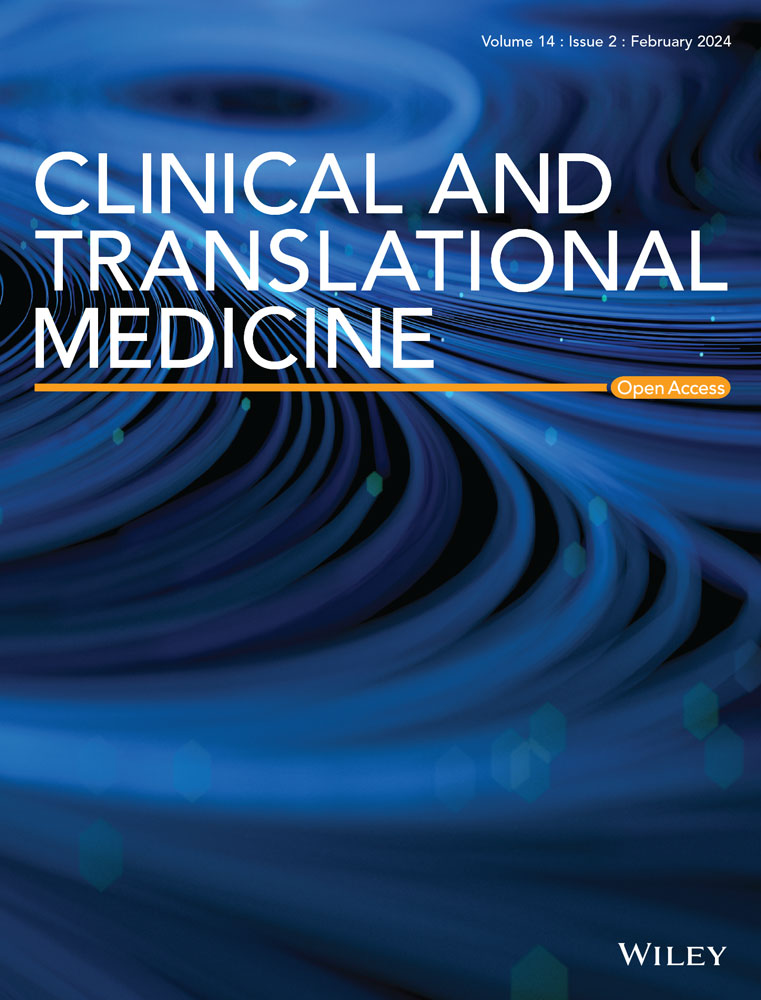Transitional CXCL14+ cancer-associated fibroblasts enhance tumour metastasis and confer resistance to EGFR-TKIs, revealing therapeutic vulnerability to filgotinib in lung adenocarcinoma
Abstract
Background
The heterogeneity of cancer-associated fibroblasts (CAFs) has become a crucial focus in understanding cancer biology and treatment response, revealing distinct subpopulations with specific roles in tumor pathobiology. CAFs have also been shown to promote resistance in lung cancer cells to epidermal growth factor receptor-tyrosine kinase inhibitors (EGFR-TKIs). However, the specific CAF subsets responsible for driving tumor advancement and resistance to EGFR-TKIs in lung adenocarcinoma (LUAD) remain poorly understood.
Methods
We integrate multiple scRNA-seq datasets to identify cell subclusters most relevant to tumor stage, patient survival, and EGFR–TKIs response. Additionally, in vitro and in vivo experiments, clinical tissue sample immunohistochemistry and patient plasma ELISA experiments are performed to validate key findings in independent LUAD cohorts.
Results
By analyzing multiple scRNA-seq and spatial transcriptomic datasets, we identified a unique subset of CXCL14+ myofibroblastic CAFs (myCAFs), emerging during the early differentiation phase of pan-cancer invasiveness-associated THBS2⁺ POSTN⁺ COL11A1⁺ myCAFs. Notably, plasma levels of CXCL14 in LUAD patients correlate significantly with tumor stage. Mechanistically, this subset enhances tumor aggressiveness through epithelial-to-mesenchymal transition and angiogenesis. Among standard treatment regimens, transitional CXCL14+ myCAFs specifically confer resistance to EGFR-TKIs, while showing no significant impact on chemotherapy or immunotherapy outcomes. Through a pharmacological screen of FDA-approved drugs, we identified Filgotinib as an effective agent to counteract the EGFR-TKIs resistance conferred by this CAF subset.
Conclusions
In summary, our study highlights the role of the differentiated stage from transitional CXCL14+ myCAFs to invasiveness-associated myCAFs in driving tumor progression and therapy resistance in LUAD, positioning Filgotinib as a promising targeted therapy for this process. These insights may enhance patient stratification and inform precision treatment strategies in LUAD.
Key points
- Single-cell analysis identifies transitional CXCL14+ myofibroblastic cancer-associated fibroblasts (myCAFs) predominantly exist in the advanced-stage lung adenocarcinoma (LUAD).
- Transitional CXCL14+ myCAFs fuel metastasis by promoting epithelial–mesenchymal transition (EMT) and angiogenesis on the spatial level.
- CXCL14 is a potential diagnostic marker for LUAD patients and predict the occurrence of metastasis.
- Transitional CXCL14+ myCAFs induce the resistance to epidermal growth factor receptor-tyrosine kinase inhibitors (EGFR-TKIs) and JAK1 inhibitor, filgotinib could reverse the effect.


 求助内容:
求助内容: 应助结果提醒方式:
应助结果提醒方式:


